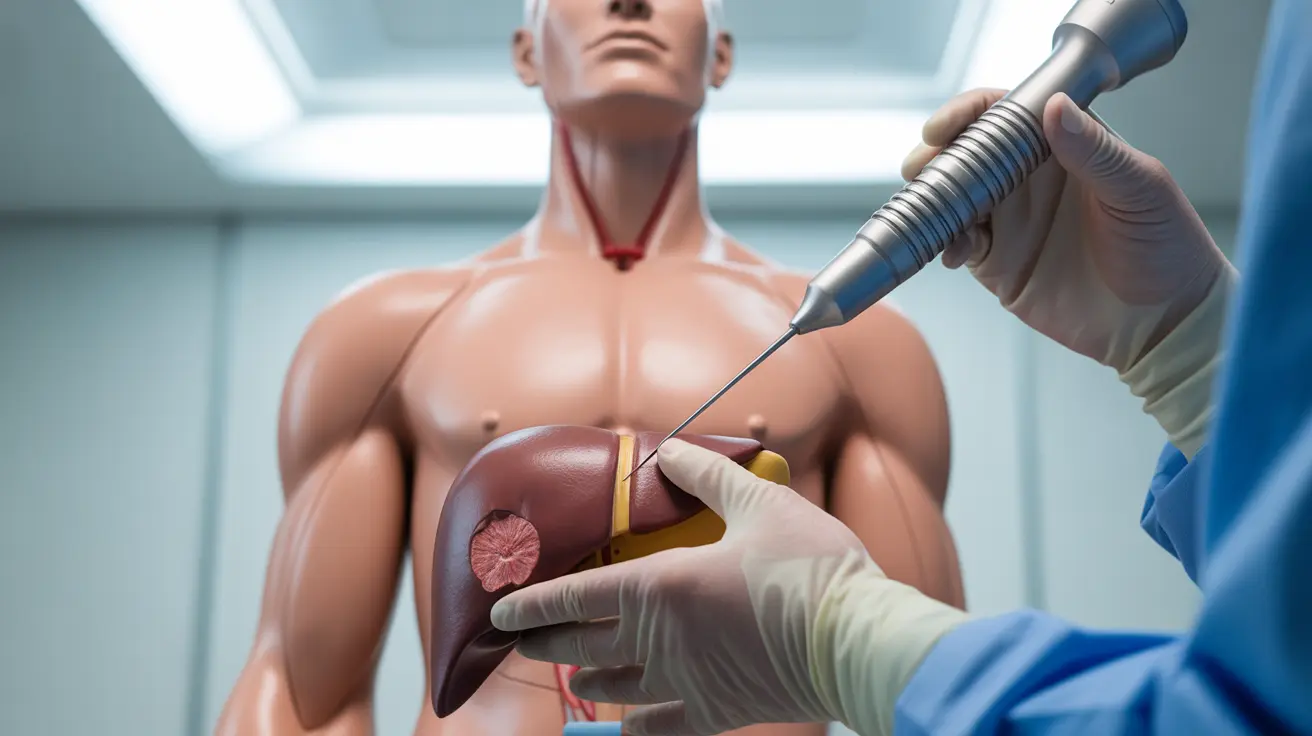A testicular biopsy is a medical procedure where a small sample of tissue is removed from one or both testicles for detailed examination. This diagnostic procedure plays a crucial role in evaluating male fertility issues, detecting potential abnormalities, and helping doctors diagnose various testicular conditions.
Whether you're preparing for this procedure or seeking information about it, understanding what a testicular biopsy involves can help alleviate concerns and prepare you for what lies ahead. Let's explore the essential aspects of this important diagnostic tool.
Purpose and Indications
Doctors may recommend a testicular biopsy for several important reasons:
- Investigating male infertility
- Evaluating abnormal testicular masses
- Diagnosing testicular cancer
- Collecting sperm for assisted reproductive techniques
- Assessing hormone-related testicular problems
The procedure is particularly valuable when standard fertility tests show abnormal results or when there's a need to understand why sperm production might be impaired.
Types of Testicular Biopsy Procedures
Open Biopsy
This traditional method involves making a small incision in the scrotum to access and remove a tissue sample directly from the testicle. It's typically performed under local anesthesia and provides a larger tissue sample for examination.
Needle Biopsy
Using a special needle, doctors can extract a small tissue sample through a tiny puncture. This less invasive approach may be suitable for certain diagnostic needs and typically requires minimal recovery time.
The Biopsy Procedure Process
A typical testicular biopsy follows these steps:
- Pre-procedure preparation and cleaning
- Administration of local anesthesia
- Careful tissue sampling using the chosen method
- Closing the incision (if necessary)
- Bandaging and post-procedure care instructions
The entire procedure usually takes about 15-30 minutes, though patients should plan for additional time for preparation and immediate recovery monitoring.
Recovery and Aftercare
Most patients can return home the same day of the procedure. Recovery typically involves:
- Wearing supportive underwear for 48-72 hours
- Applying ice packs to reduce swelling
- Taking prescribed pain medication as needed
- Avoiding strenuous activities for 1-2 weeks
- Keeping the area clean and dry
Risks and Considerations
While generally safe, patients should be aware of potential complications:
- Bleeding or bruising
- Infection
- Temporary pain or discomfort
- Swelling
- Rare but possible damage to surrounding tissues
Fertility Treatment Applications
In fertility treatment contexts, testicular biopsy can serve a dual purpose: diagnostic evaluation and sperm retrieval for assisted reproductive procedures. Retrieved sperm can be frozen for future use in treatments like in vitro fertilization (IVF) or intracytoplasmic sperm injection (ICSI).
Frequently Asked Questions
What is a testicular biopsy and why would someone need one?
A testicular biopsy is a medical procedure where tissue samples are taken from the testicles for examination. It's typically needed to investigate male infertility, diagnose testicular masses, or collect sperm for fertility treatments. The procedure helps doctors understand issues with sperm production and testicular function.
What can I expect during a testicular biopsy procedure and how long does it take?
During the procedure, you'll receive local anesthesia to minimize discomfort. The doctor will either make a small incision or use a needle to collect the tissue sample. The actual procedure takes about 15-30 minutes, though you should plan to be at the medical facility for 2-3 hours total for preparation and initial recovery.
How painful or uncomfortable is a testicular biopsy, and what is recovery like after the procedure?
Most patients experience minimal pain during the procedure due to local anesthesia. After the procedure, mild discomfort and swelling are common but manageable with over-the-counter pain medication. Recovery typically takes 1-2 weeks, during which patients should avoid strenuous activities and wear supportive underwear.
What are the possible risks or complications of having a testicular biopsy?
While complications are rare, potential risks include bleeding, infection, bruising, and temporary discomfort. In very rare cases, there might be damage to surrounding tissues. Following post-procedure care instructions carefully helps minimize these risks.
How are sperm retrieved from a testicular biopsy used for fertility treatments like IVF?
Sperm retrieved during a testicular biopsy can be frozen and later used in assisted reproductive procedures like IVF or ICSI. The collected sperm are carefully processed in the laboratory and can be directly injected into eggs during these fertility treatments, potentially helping couples achieve pregnancy even when conventional sperm collection methods aren't possible.




